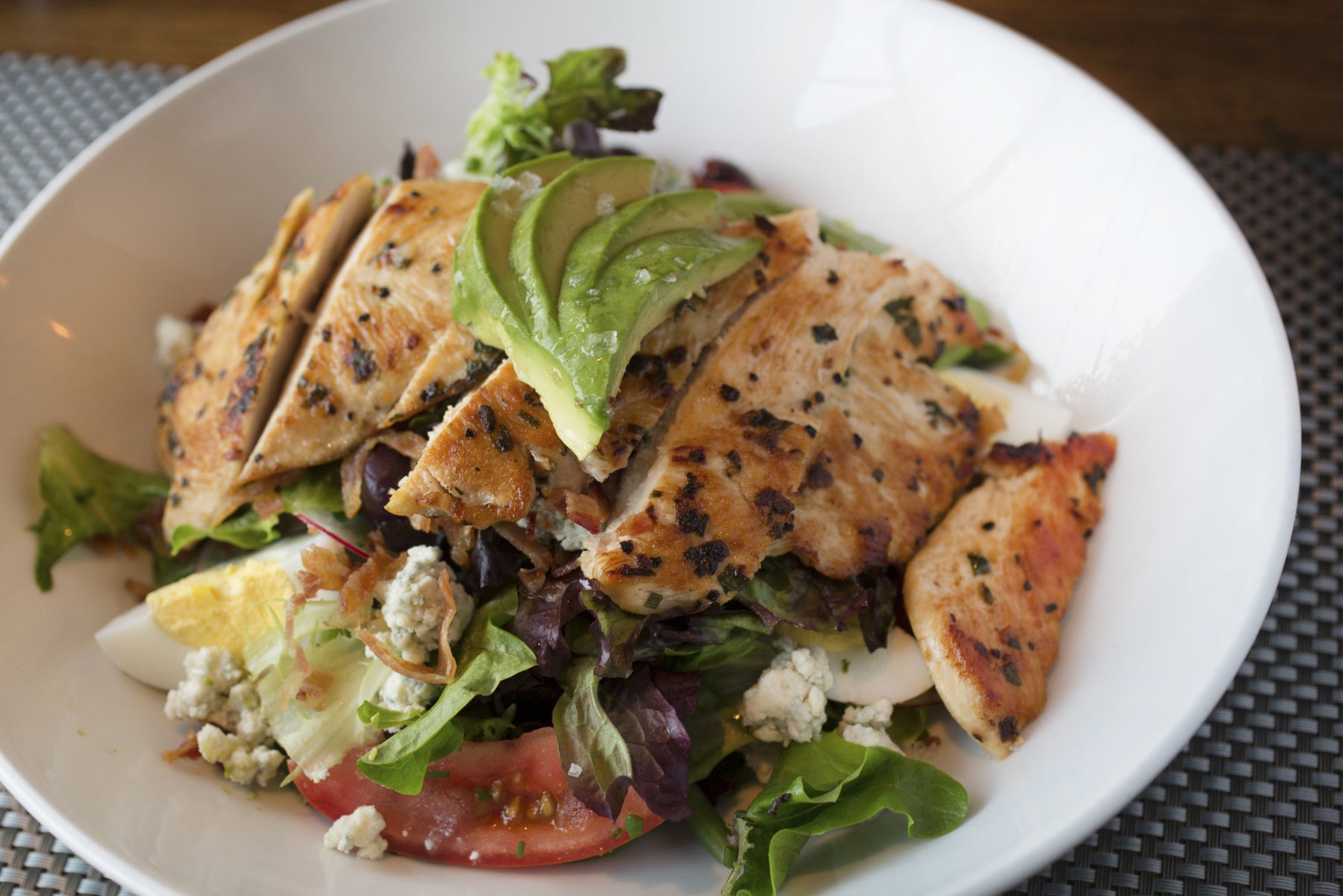
Loading..
My Store
Hours of Operation
Find your nearest store
Results
Loading...

If you're trying to start 2015 off in a healthier way, one of the first things to do is look at your meals. Are they full of real, healthy ingredients? Are you getting all the components you need--protein, fat, and fibre--in every meal? Let's take a look at how you can incorporate protein into your meals!
Protein in the morning might seem like an easy enough task: you could have 3 free range or organic eggs in the morning, either scrambled up with some fresh organic veggies; turned into a delicious omelet; soft boiled perfectly with a little real salt; or even fried and placed on top of a green salad (find the recipe for this in Discover the Power of Food). Or, you could enjoy a protein shake in the morning. Not sure how to start with a smoothie? Check out our video here for tips and tools on how to build the perfect smoothie.
Even dinner is pretty easy to get your protein requirements in--if you're lucky enough to be home during the evenings. Roasting a chicken, baking some salmon filets, sautéing some veggies with beef, making chili, enjoying a steak--all of these are great ways to get your protein requirements in. Just make sure you add some fats (think healthy oils, avocados, or different seeds) and vegetables (stir-fry, sautéed, roasted, a salad, or raw) to make it a whole, complete meal.
But what about lunch? Most of us are working when lunch time rolls around, and if you want to stay healthy, avoiding the drive-thru is a must. This means you need to think a little bit ahead and pack your own healthy lunch either the night before or morning of. A great tip is to use leftovers from the night before: take some of that roasted chicken sliced into a salad; make a stir fry with chicken or beef; fill a thermos with leftover chili or soup; hard boil some eggs and enjoy with raw cheese and a side salad; or simply make double what you made for dinner to take some for lunch the next day.
The important thing to remember is that you get enough protein. You can figure out your own requirements in a few ways. First, the general rule of thumb is to make sure your protein serving is about the size of your palm. Another way is to calculate it: for example, an active adult would need 0.6g protein per pound of body weight; a sedentary adult would beed 0.5g per pound; an endurance athlete, 0.7g per pound; and a strength athlete 0.8g per pound. There is a third way to find out your protein requirements, and you can find this chart in Discover the Power of Food on page 302-303.
Also remember that there are major and minor proteins. Major proteins provide a complete profile of amino acids on their own, and can easily provide our required protein in a small serving. Examples include beef, lamb, turkey, chicken, fish, eggs, and whey. Minor proteins are generally sources of protein from the plant kingdom that are lower in protein and do not contain all of the essential amino acids, so are not a complete protein. Examples include legumes, cheese, seeds, nuts, and yogurts. Combining more than 1 minor protein will help to make a complete protein source for a meal! Now that we've talked about how to find out your protein needs, and some sources of protein, let's talk about lunch. We noted some great examples above, but an easy way is to build an "Everything Salad". This means having a base of greens, chopping up any veggies you have in your fridge, adding some major protein like hard boiled eggs, sliced chicken, or tuna, and some minor proteins like nuts and seeds or raw cheese, and topping it off with some powerhouse additives like dried cranberries, hemp hearts, or roasted chickpeas.
Check out our delicious recipe for a protein-packed Everything Salad below! It'll reinvent your lunch--and you won't believe how delicious it is.
2 cups mixed organic lettuce leaves
2 hard-boiled eggs, chopped
Chopped organic vegetables – whatever you have in the fridge (red onion, green onion, red pepper, mushrooms, celery, avocado, cherry tomatoes, cauliflower, etc.)
1 grated organic carrot
1/2 cup chickpeas
Optional: cooked chicken, tuna, shredded cheese or feta cheese
Dressing
1/4 cup red wine vinegar
1/2 cup extra-virgin olive oil
1 tsp. Dijon mustard (optional)
1/2 tsp. Herbamare
Mix well. Pour desired amount over salad. Place remaining dressing in refrigerator.
{"one"=>"Select 2 or 3 items to compare", "other"=>"{{ count }} of 3 items selected"}
Leave a comment